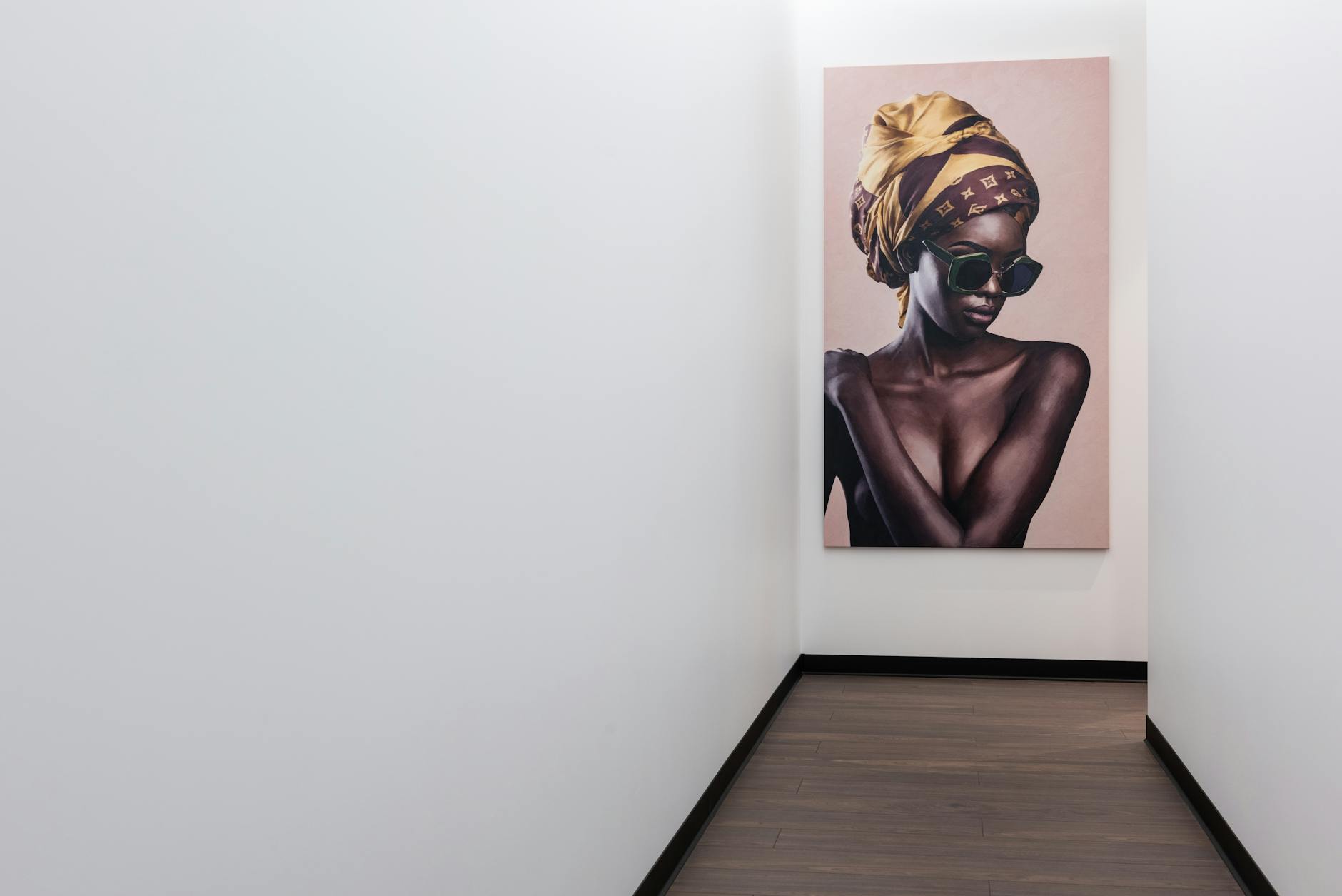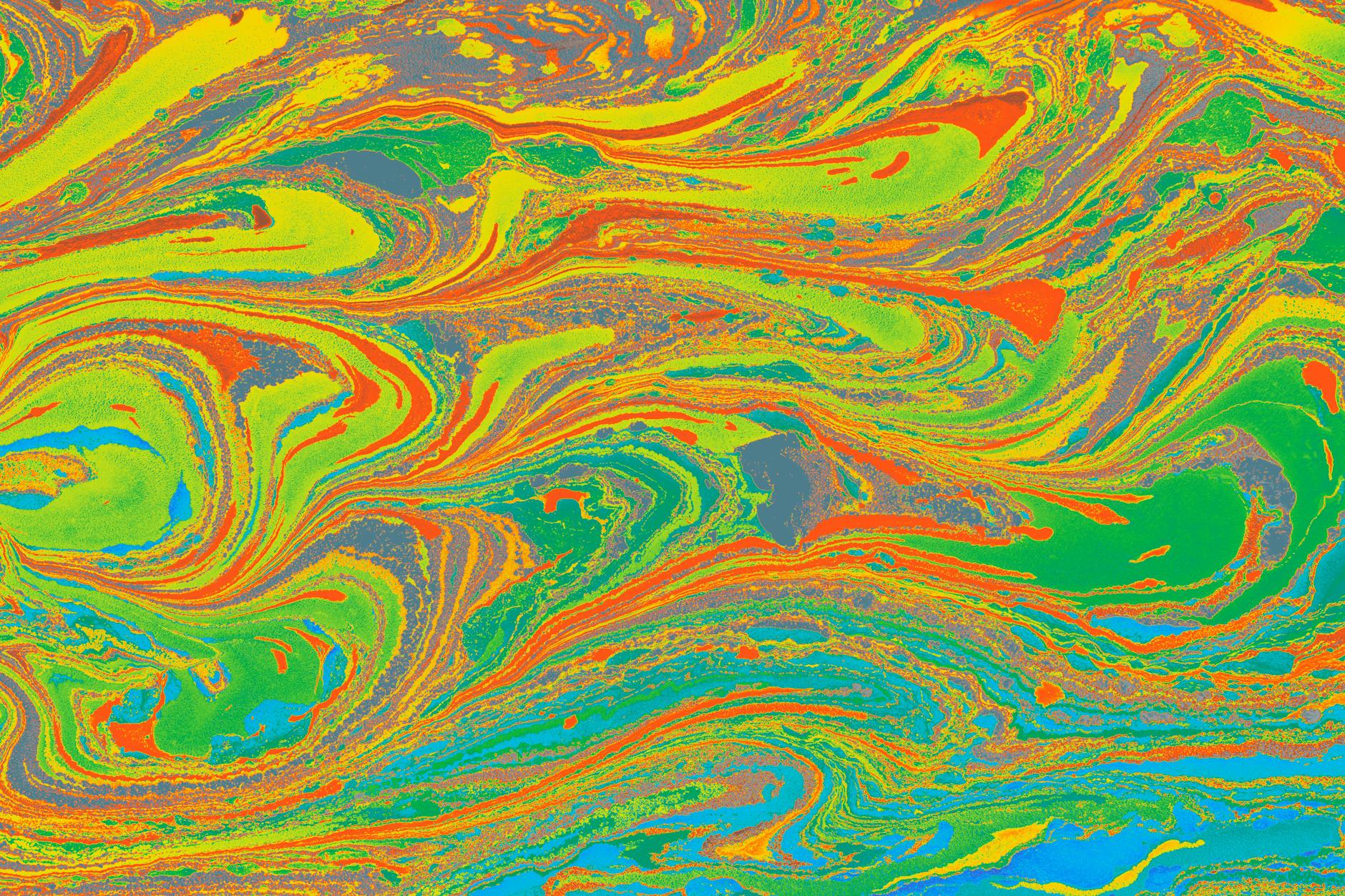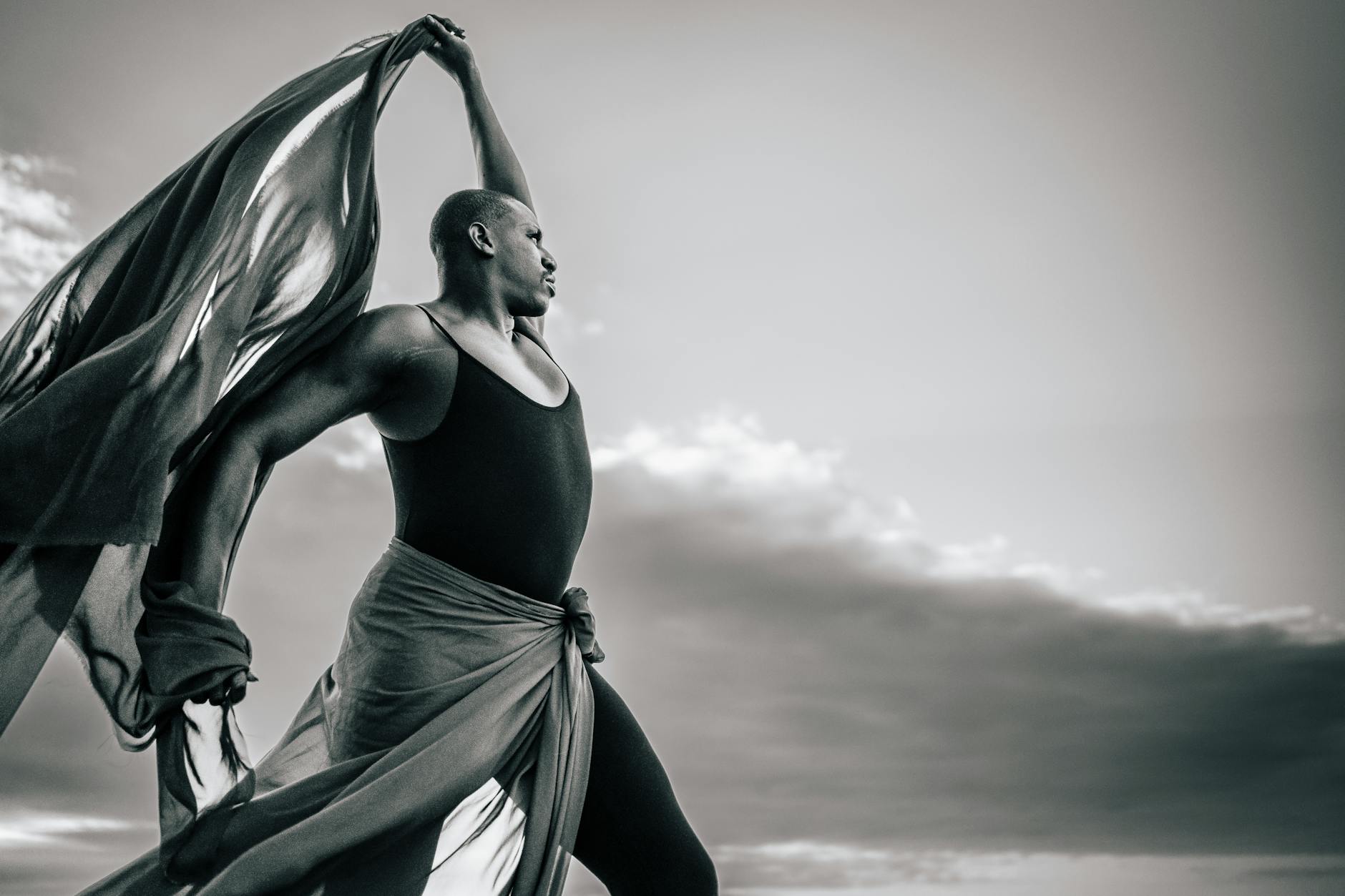Over the course of our history, countless influences have left their marks on pop culture, shaping everything from literature and films to fashion and music. Among the most impactful of these in recent decades have been psychedelics, and their presence is discernible not just in the subcultures they helped to generate but also through iconic figures who were unabashed proponents of their use. Their influence reverberates through various countercultural movements and is evident through an extensive media representation.
The visual arts were the first creative arenas to portray the effects of hallucinogenic substances vividly. Art inspired by psychedelics often incorporates vibrant colors, whimsical shapes and intricate patterns, the hallmarks of a ‘trip.’ Often, they hint towards a sense of multilayered reality or transcendence. This imagery has since permeated mainstream art, with artists like Alex Grey and others championing the use of psychedelics as tools to broaden visual expression ‘aleatoric’.
Psychedelic influence spilled over into the world of literature too, with authors like Aldous Huxley, Hunter S. Thompson, and Ken Kesey incorporating their experiences into their seminal works. Kesey’s ‘One Flew Over the Cuckoo’s Nest,’ in particular, stands as a significant piece of the literature canon that explores the mind-altering effects of these substances. These authors contributed to a shift in societal perception towards psychedelics, bringing them into broader public discourse.
The influence of psychedelics on music has perhaps been one of the most profound, especially during the countercultural movements of the 1960s and 70s. The Beatles famously sang of wild psychedelic trips in songs like ‘Lucy in the Sky with Diamonds,’ and their experimentation with these substances played a significant role in their overall musical development. Similarly, mind-altering experiences helped shape the paths of many other musicians like Jimi Hendrix, Grateful Dead, and Pink Floyd. They infused their music with the psychedelic ethos, creating unique soundscapes that continue to influence pop culture to this day.
Films, too, have not been spared from the psychedelic influence. Movies like ‘Easy Rider,’ ‘Yellow Submarine,’ and ‘Fear and Loathing in Las Vegas’ directly confront psychedelic substance use and portray the resultant hallucinatory experiences in varied and impactful ways. Such films explore themes of consciousness expansion, self-discovery, and countercultural exploration, emanating a psychedelic flavor through vivid and dreamy visual representations.
The influence of psychedelics on fashion is no less prominent. Elements of psychedelic fashion, notably tie-dye designs, tribal patterns, and vibrant colors have been incorporated into mainstream fashion and are now synonymous with the ‘hippie’ aesthetic, a style that emerged from the psychedelic counterculture of the sixties. Fashion designers like Zandra Rhodes and Vivienne Tam have also drawn inspiration from psychedelic aesthetics for their collections.
Psychedelics have also been significant in the rise of certain subcultures. The hippie movement of the 1960s explicitly embraced LSD and other psychedelics as tools for spiritual and personal growth. Rave culture flourished in the 1990s, with many of its participants influenced by substances like MDMA to cultivate a sense of unity and shared ecstasy. These subcultures have crafted a unique social milieu around psychedelic use, shaping music, fashion, and the arts in the process through distinct identities.
The ongoing surge of interest in psychedelic substances and their potential for mental health treatment brings another dimension to their pop culture influence. Media representation of psychedelics, from the depiction of ‘trip’ experiences to discussions about their potential benefits and dangers, continues to shape our cultural understanding of these substances.
Through the lens of art, music, literature, fashion, film, and more, it’s clear that the influence of psychedelics on pop culture is both profound and pervasive. Psychedelics have opened up new perspectives and allowed for creative exploration, acting as a powerful catalyst for countercultural and mainstream movements alike. They continue to inspire and fascinate, leaving an indelible mark on the cultural landscape that shows no sign of fading anytime soon.







